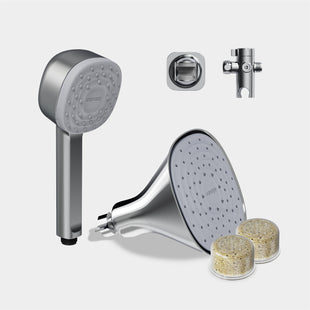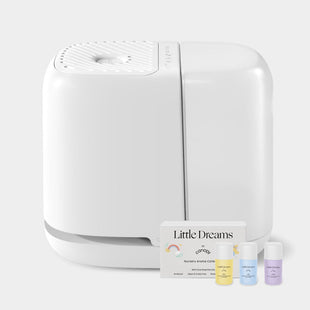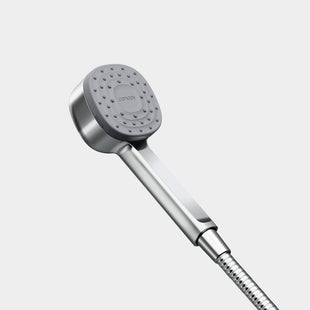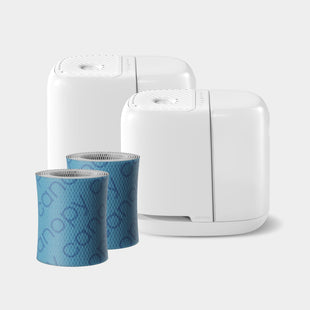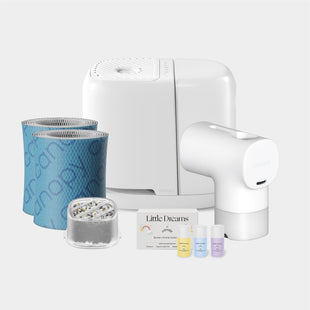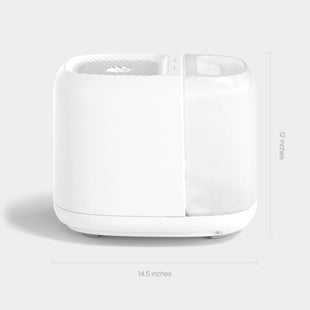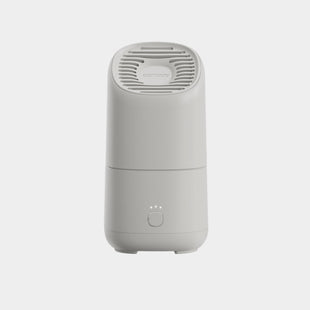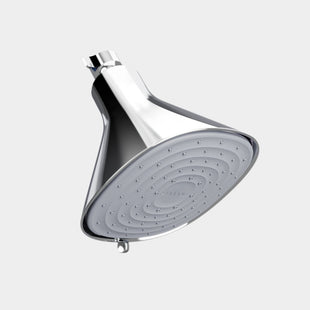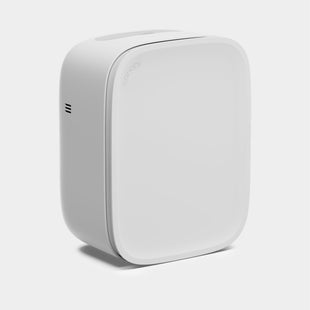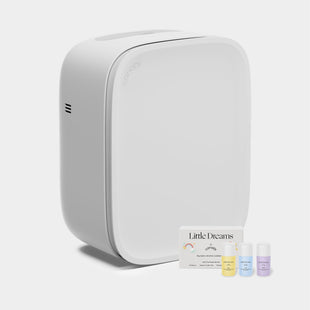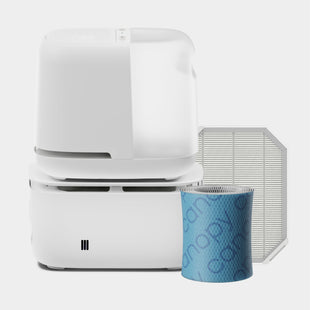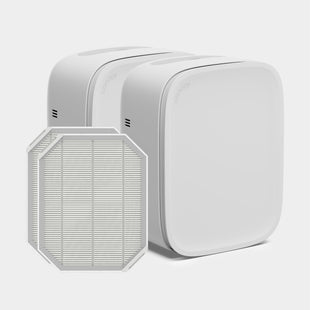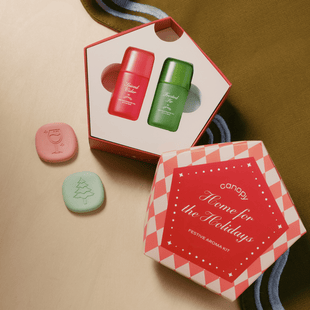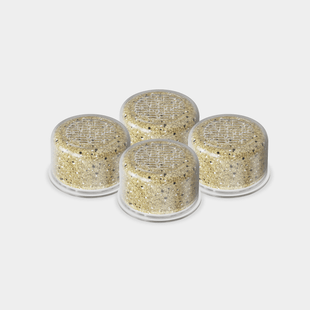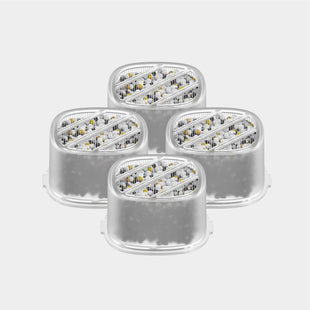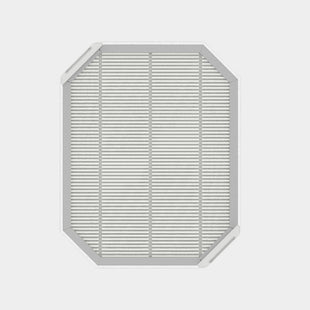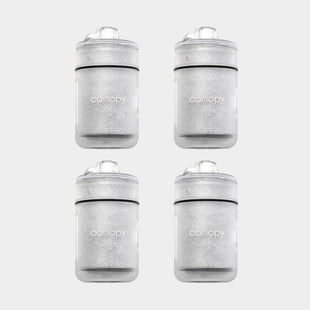Did you know there's much more to a proper shower than lathering up and adjusting the water temperature? From washing your body to exfoliating your skin, numerous steps are involved in a proper shower routine. Read on to expand your showering know-how.
4 Steps to Showering the Right Way
1. Care for Your Hair
If the first thing you do is wash your hair in the shower, you're on the right track. Shampoos and conditioners keep locks clean but can also clog pores when the suds run down your body. This is an excellent reason to shampoo and condition first, so you can wash the residue off your body later. Detangle your strands pre-shower because the knots can worsen when your hair is wet.
To further protect your mane, invest in a filtered shower head that removes hard minerals from the water before they can coat your hair in a film that moisture can't penetrate. A filtered shower head also removes chlorine from the water that can deplete your hair of its natural oils.
2. Exfoliate Then Shave
Although water can wash away surface grime, you might require something more powerful to remove dead skin cells, oils, and other impurities. Incorporate an exfoliator into your shower routine once a week on damp skin.
Natural and oily skin types can handle the abrasive ingredients in physical exfoliants, but the scrubbing might irritate dry and sensitive skin. Chemical exfoliants dissolve the grime, which might be a gentler process for problematic skin types.
Removing the dead skin cells and embedded gunk with an exfoliant makes the shaving process afterward more effective. Before you shave, let the water soak your skin for a few minutes to make it more slippery and soft for the razor to glide over.
3. Wash Your Body

You can take a freestyle approach to cleansing your body, as it doesn't matter where you start. Just remember to wash off in filtered water. The chlorine and hard minerals that damage hair also dry out and irritate skin.
If you wash your face in the shower, save this step for last. This way, you can wash off shampoo and conditioner residue left behind on your face from the first step. Try the double-cleanse process if your face doesn't feel clean after using a regular cleanser. An oil-based cleanser can cut through makeup, sunscreen, and product residue. The water-based cleanser will thoroughly remove the oil and any grime left behind.
4. Moisturize After Showering
Don't think the shower process ends as soon as you towel off. Cleansing gets skin squeaky clean, but it also washes away the natural oils that moisturize it. Apply moisturizer or body oil on dry skin to combat dryness and tightness after showering.
Why Timing & Temperature Matter
If you prefer piping hot showers, consider switching to lukewarm water—especially if you have dry or eczema-prone skin. Although hot water can be soothing, the heat can leave skin dry and weaken the moisture barrier that helps it retain water. Ideally, you should spend no more than 15 minutes in the water, as longer showers increase the skin's risk of dehydrating. If you have a skin condition, plan to spend even less time under the showerhead to prevent a flare up.
To wash your hair and skin with cleaner water, install a Canopy Filtered Showerhead. With five metal finishes available, finding a showerhead that compliments your bathroom décor should be easy. The showerhead includes three stream settings, an aroma blend, and a diffuser to create a spa-like experience in your family bathroom.

